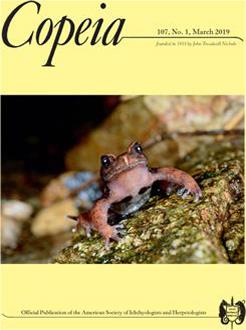Road mortality has become a primary threat to turtle populations. A variety of strategies have been applied to reduce turtle mortality; however, the effectiveness of these solutions remains largely untested. The few tests that have been conducted have often found the mitigation actions to be ineffective or prohibitively expensive for implementation at a landscape level. Thus, there is a need for inexpensive, effective, and rigorously tested methods for reducing turtle mortality on roads. Here, we investigate the potential efficacy of an inexpensive mitigation strategy, consisting of a barrier wall fabricated from High Density Polyethylene (HDPE) half-pipe, partnered with a pre-existing semiaquatic HDPE culvert as an ecopassage. We used survey data and a Before-After-Control-Impact (BACI) experimental design to assess the effectiveness of the mitigation and quantified the use of the ecopassage at the impact site after the barrier wall was installed. We found a significant interaction between the treatment effect and time period, with the impact site (but not control sites) showing significantly lower turtle counts after mitigation. The barrier wall reduced the number of turtles accessing the road by 94%, and there was no evidence of turtles circumnavigating the barrier. Turtles used the pre-existing culvert to pass under the road. We conclude that HDPE half-pipe partnered with an existing semiaquatic HDPE culvert can reduce road access by, and road mortality of, turtles. The use of standard road construction materials for barrier walls and underpasses results in a cost-effective design scalable to a landscape level.
BioOne.org will be down briefly for maintenance on 14 May 2025 between 18:00-22:00 Pacific Time US. We apologize for any inconvenience.
How to translate text using browser tools
12 February 2019
A Unique Barrier Wall and Underpass to Reduce Road Mortality of Three Freshwater Turtle Species
Paul C. Heaven,
Jacqueline D. Litzgus,
M. Tim Tinker
ACCESS THE FULL ARTICLE





